Estimated reading time: 12 minutes
It’s surprising when you consider the number of things that can be turned into flour -everything from seeds to nuts and even the bark from pine trees. It was the Scandinavians who first pioneered the idea of making flour from pine bark. It was a pure survival move in a part of the world where grains were few and far between across a landscape covered in pine trees.
What Can You Make with Pine Flour?
The Scandinavians made pancakes, waffles, flatbreads, and bread loaves. A famous Finnish bread made from pine flour is called pettuleipä. It resembles a flatbread with a cracker-like consistency. Think of it as Scandinavian hardtack.
It’s also a bit complicated to make so we’re going to skip the pettuleipä variation.
We’re going to make this easy and make a flatbread with 50% pine bark flour, and then a traditional loaf with some added bread flour. We’re also going to take a quick look at how to make pancakes with just pine flour.
The reason we’re adding the bread flour to the loaf recipe is because pine bark flour has no gluten. That’s great if you’re on a gluten free diet, but the yeast that makes bread rise needs gluten to achieve the airy texture we’re used to in most breads.
The flatbread works out fine without added flour but we’re still going to add some all-purpose flour and a little yeast and sugar (you can substitute honey) to give our flatbread at least a little rise.
Want to save this post for later? Click Here to Pin It On Pinterest!
It’s Not About the Outer Bark on a Pine Tree

Before you start stripping bark off of pine trees to make flour it’s important to know that pine bark flour is not made from the outer bark of the pine tree. It’s made from the inner bark beneath.
There appear to be two schools of thought on which layer of inner bark to use. Some sources recommend using the a spongy layer of inner bark known as the phloem layer.
Other opinions recommend using the thinner, cambium layer of inner bark.
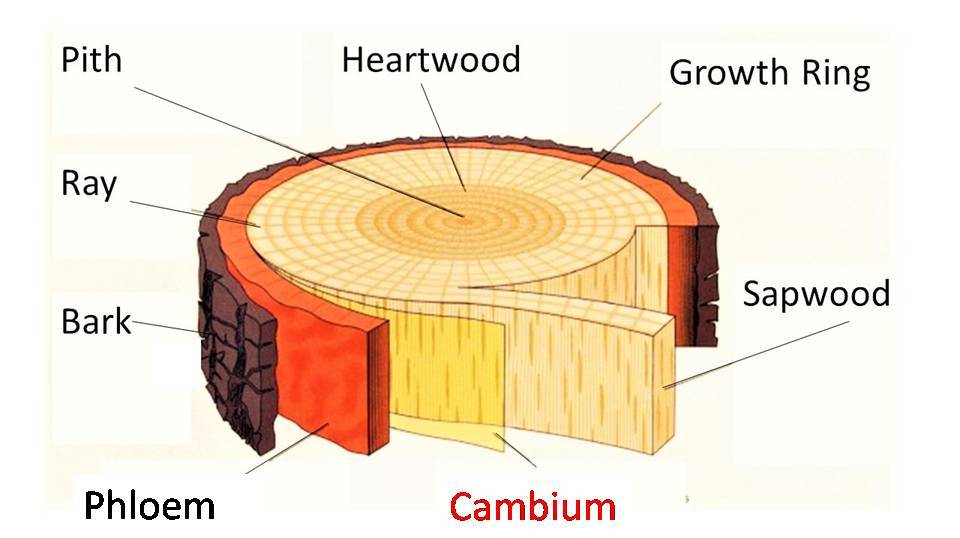
We’re going to stick with this thinner, cambium layer because that’s the inner bark that is often recommended as a survival food. There are stories out there about how to use either layer to make pine bark flour but it seems most of the nutritional value, typically defined as Vitamin-C, is in the cambium layer.
Which Pine Species is Best for Pine Flour?
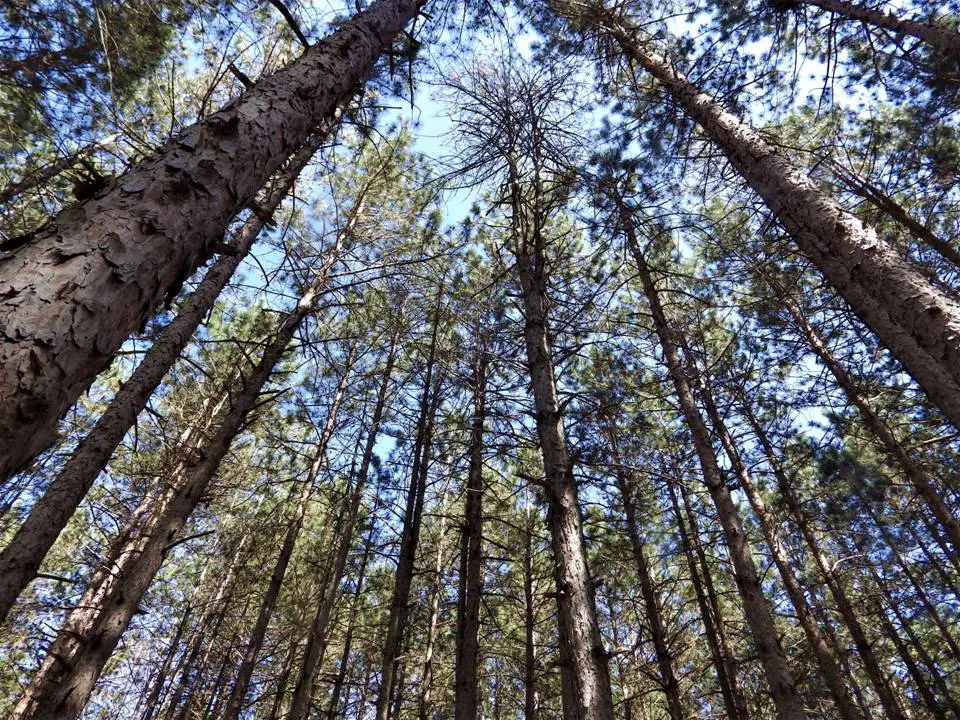
White Pine is consistently touted as the best species of pine for pine flour, although Scots Pine and Ponderosa pine are also mentioned. What’s important is to taste the inner, cambium bark from any pine you plan to harvest. If it has an astringent or bitter taste –find a different tree. The taste can vary depending on ground moisture, soil, time of year and other factors.
We’re going to boil the inner cambium bark as we make our flour and that can remove any bitterness, but it’s better to just start with bark that tastes good.
In Scandinavia most pine trees harvested for bark are harvested in early spring. That’s when the sap is flowing and the cambium layer is most easily removed. If you’re tapping maple trees for sap, that’s the time to harvest pine bark.
Harvesting Pine Bark for Flour
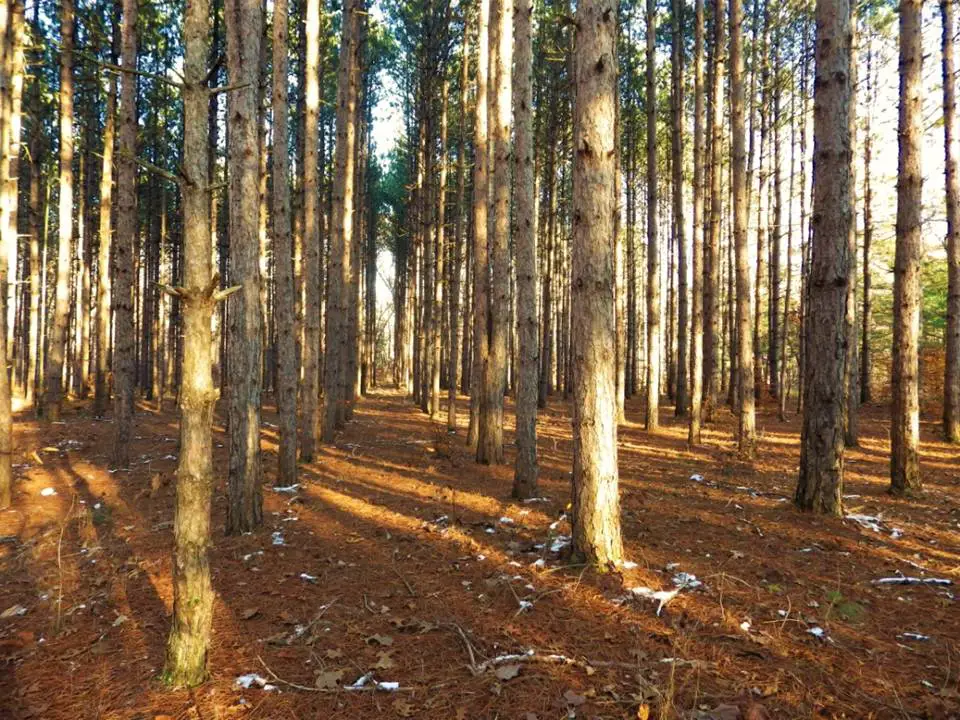
You have to be careful when you cut bark from any tree. If you remove all of the bark around it’s circumference you’ll kill the tree. Even a one-inch band of bark removed around a tree will kill it. This is commonly referred to as girdling. It was a technique used by ancient people to kill a tree to make it easier to cut or burn down.
The technique that most people use when harvesting bark is something called “window panning.” You are literally cutting a window into the side of a pine tree. This will allow you to get to the inner cambium layer without killing the tree.
The window pane is usually about 12-inches high and 6 to 8-inches wide depending on the size of the tree. Most pine trees recommended for bark harvesting are about 15 to 20 years old although older trees can also be harvested for their bark.
But be forewarned. It will take a long time for the window pane you cut into the tree to heal. If this is a valuable tree on your property or in the front yard you might want to find a different tree, or try making flour out of acorns or something else.
Another challenge with harvesting window panes from pine trees is that you’re not going to get a lot of bark. The cambium layer is very thin and one pane will probably give you a tablespoon or two of bark flour. The easiest solution is to cut down the whole tree but that’s not an option for most people.
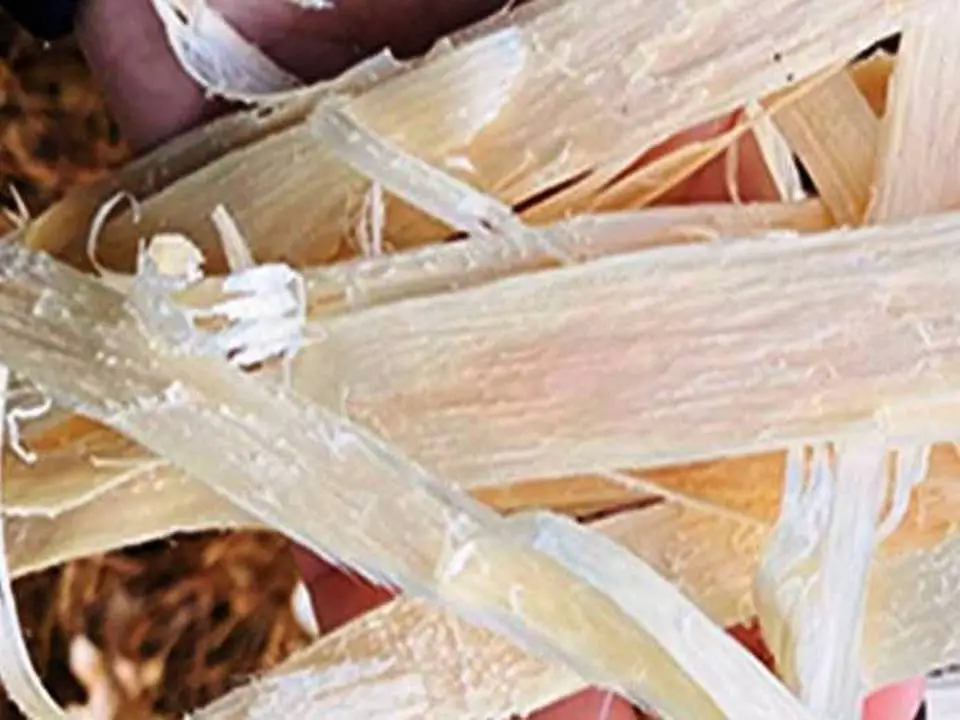
Pine Bark Cambium Strips
The thin cambium layers are then scraped and stripped off of the outer bark, or scraped directly from the tree once the outer bark is removed and collected.
The Pine Bark Flour Making Process
The thin cambium strips should be boiled in water for a few minutes, allowed to air dry a bit and then further dried either in a food dehydrator or in an over at 130 degrees F. until totally dry. You want the bark strips to be crisp so they can be processed into flour.
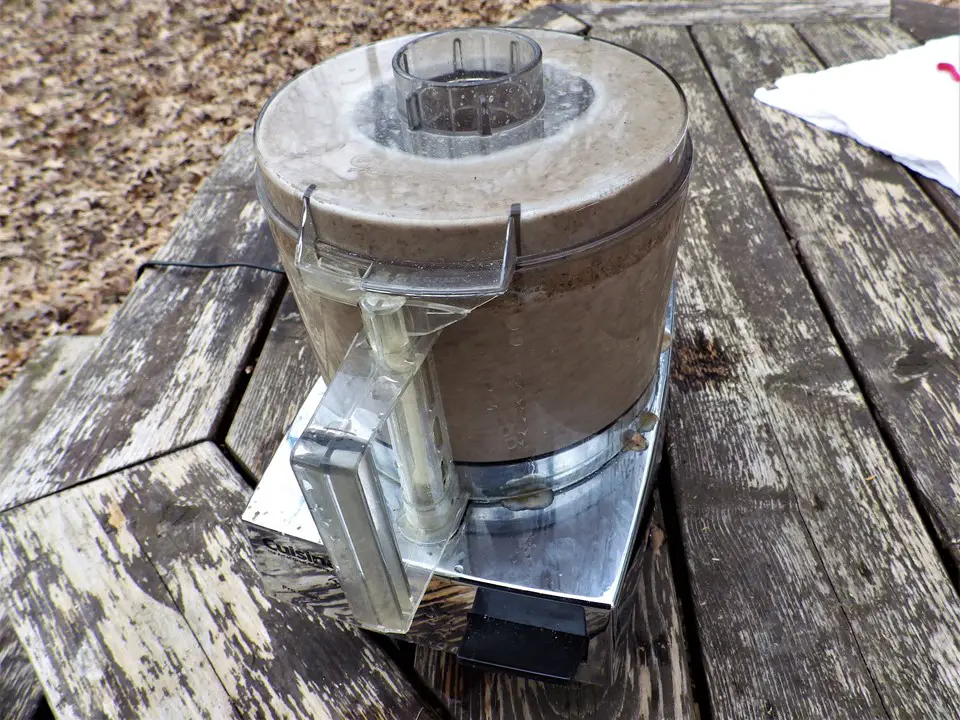
The bark is most easily turned into flour with a food processor. Process and pulse until your bark looks like flour.
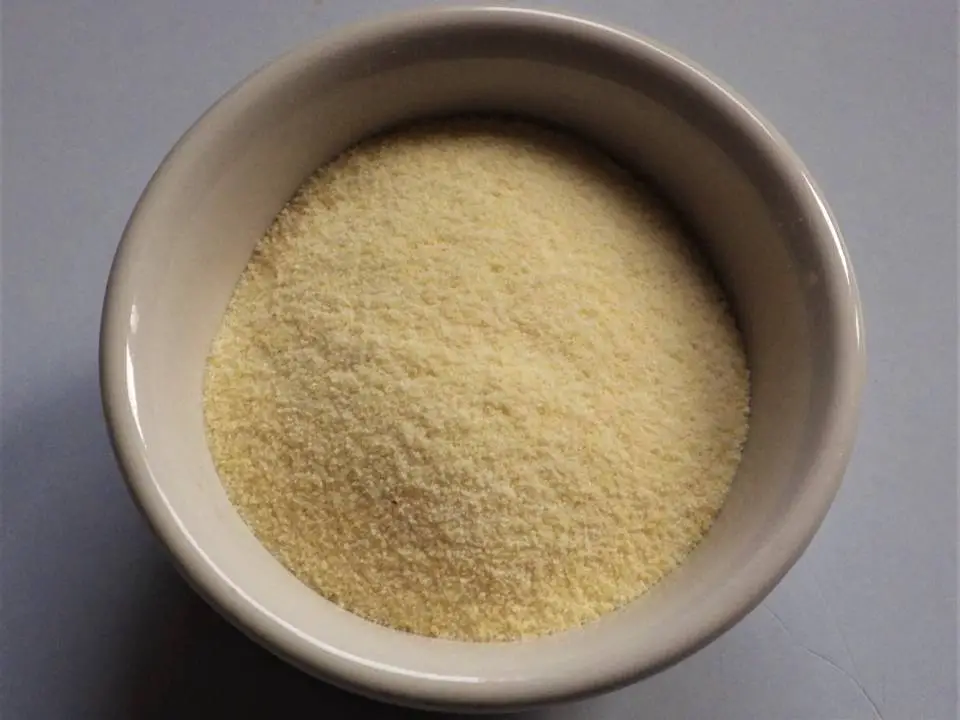
Pine Bark Bread Recipe (whole loaf)
(Makes a 1-pound loaf)
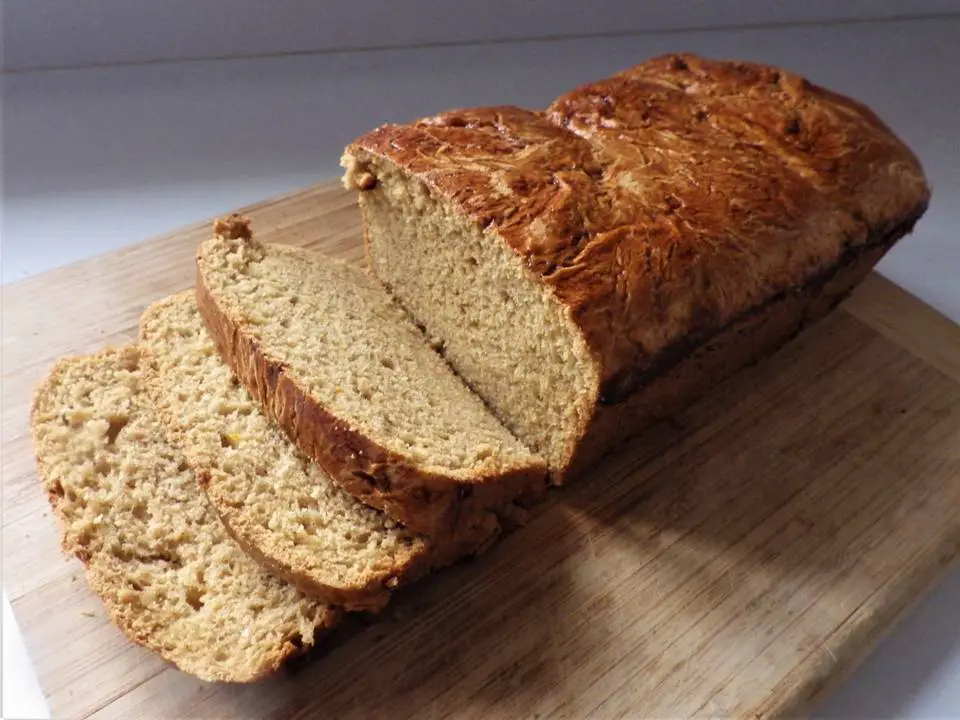
This recipe is a bit of a cheat. We’re going to use a cup of bread flour and only a ½ cup of pine flour. A bread loaf needs at least some gluten and the bread flour has plenty of that.
Ingredients:
- 1 cup of bread flour
- ½ cup of pine bark flour
- 2 tsps. Active dry yeast
- 1 tbsp. white sugar
- 1 cup of warm water
Directions:
- Combine the yeast, sugar and warm water in a bowl and stir to dissolve the sugar.
- Add a tablespoon of the bread flour to the warm water mixture and stir.
- Let the yeast/water mixture sit for 10 minutes to activate and proof the yeast.
- Add the remaining bread flour and pine bark flour to the bowl and turn and mix with your hands or knead in a mix-master with a dough hook or in a bread machine on the dough cycle.
- Lightly oil a metal bread pan.
- Roughly shape the dough into a loaf shape and drop into the bread pan.
- Cover the dough in the bread pan with warm, damp dish towel and let rise for 1 hour.
- Preheat the oven to 350 degrees F.
- Bake for 25 minutes.
- Remove from the oven and let rest in the pan on the stove top.
- Remove from the bread pan, slice and serve.
Pine Bark Flatbread Recipe
(Makes 8 pink bark flour flatbreads)
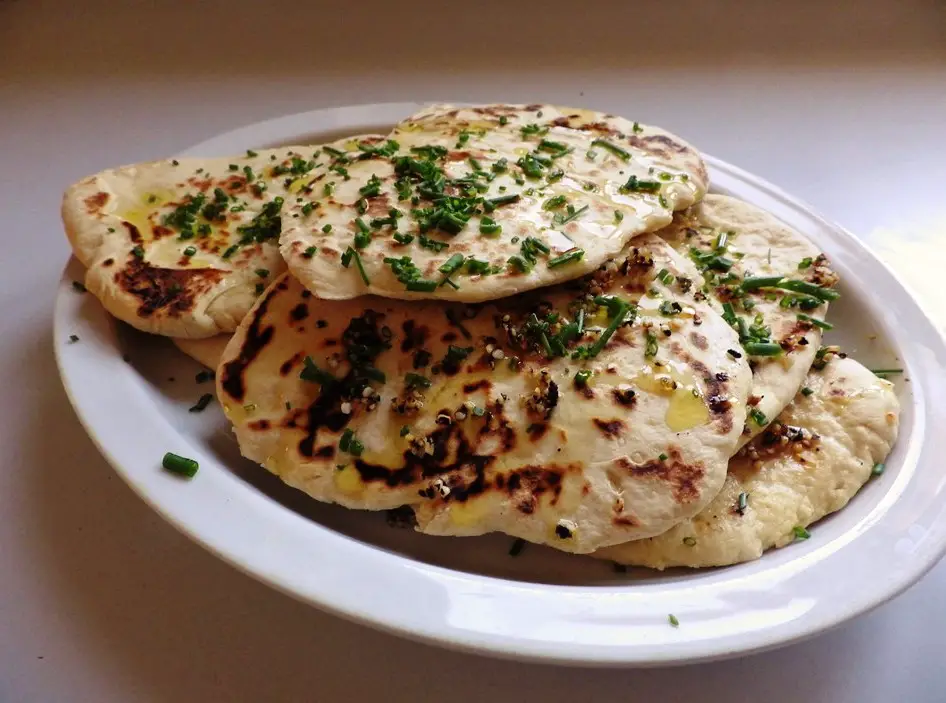
This was the most commonly made bread with pine flour. We’re still going to add some all-purpose flour (about half and half in proportion). The flatbreads are cooked on a cast-iron pan on the stove or over an open fire. They’re often served either buttered or with a drizzle of olive oil and some chopped chives or fresh herbs. In a pinch you could top them with a plop of jelly.
Ingredients:
- ¾ cup of all-purpose flour
- ¾ cup of pine bark flour
- 1 tsp. yeast
- 1 tsp sugar
- 1 cup of warm water
- 1 tbsp. olive oil (any cooking oil can be substituted)
Directions:
- Combine all of the ingredients in a bowl and mix with a spoon and then knead in the bowl with your hands.
- Drop onto a floured surface and continue to knead. You could also knead in a mix-master with a dough hook attachment or in a bread machine on the dough cycle.
- Dust the dough ball with flour and cut into 8 pieces.
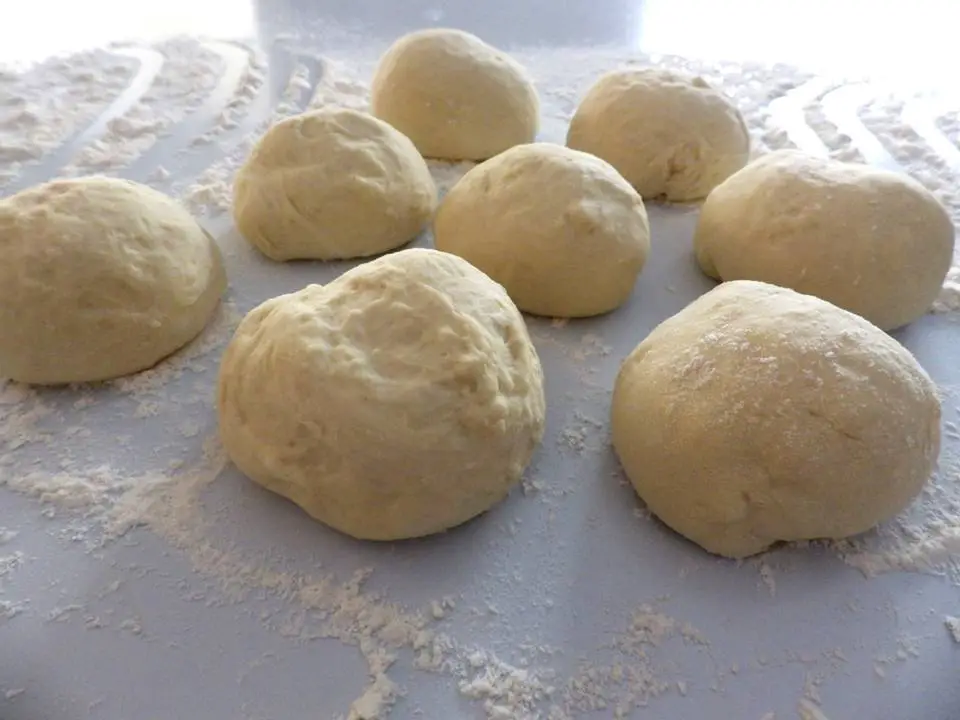
- Roll each piece into a ball.
- Using a rolling pin, roll out the dough balls until about ¼-inch thick.

- Preheat a cast-iron pan on the stove.
- Lightly oil the pan and drop the flatbread onto the pan.
- Cook on one side until you see some browning. (about 2 to 3 minutes)
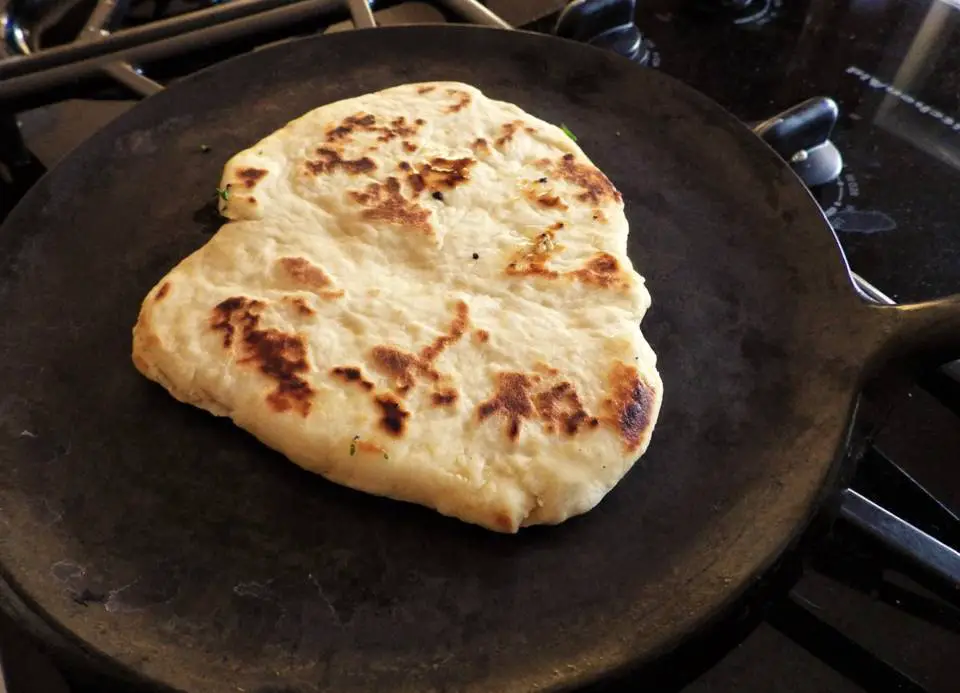
- Flip the flatbread and cook the other side.
- Repeat until all flatbreads are cooked.
- Drizzle with olive oil and herbs or top with butter or jelly and serve.
Pine Bark Pancakes
(Make 6 to 8 medium size pancakes)
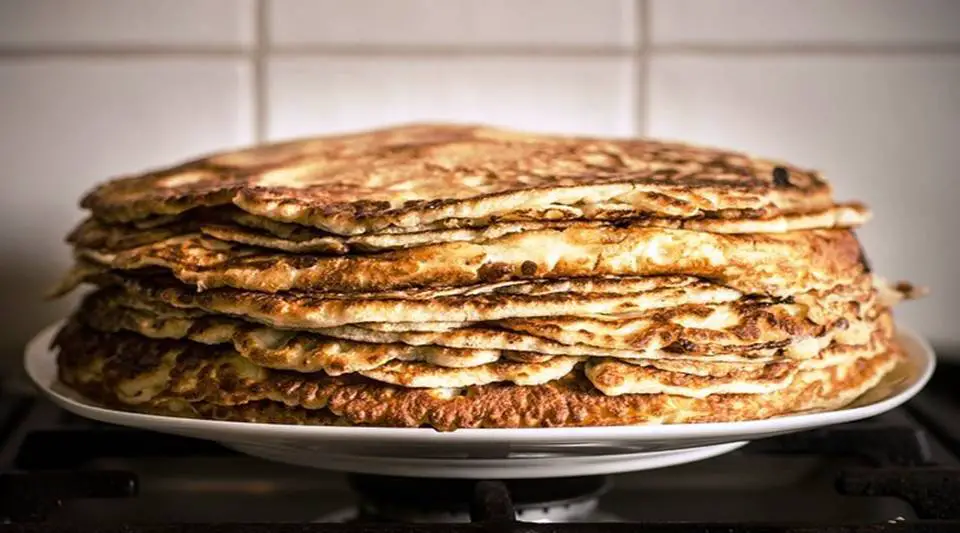
This may be the simplest recipe and with a little maple syrup actually tastes really good. Better yet, it’s a recipe that can be made with 100% pine flour but we’re still going to cheat a bit and add baking powder, milk and an egg.
Ingredients:
- 1 cup of milk
- 1 egg
- 1 tbsp. baking powder
- 1 cup of pine bark flower
Directions:
- Add all ingredients to a bowl and whisk until you have a batter.
- Pre-heat a frying pan on the stove.
- Add a little oil or butter to the pan and wipe around the pan with a paper towel to grease the surface.
- Pour the batter onto the pan and cook for 1 to 2 minutes until the underside is a golden brown.
- Flip and finish the other side for about a minute or more.
- Stack on a plate until all pancakes are done and top with butter and maple syrup.
- If you want to make more pancakes just double or triple the recipe.
Storing Pine Bark Flour
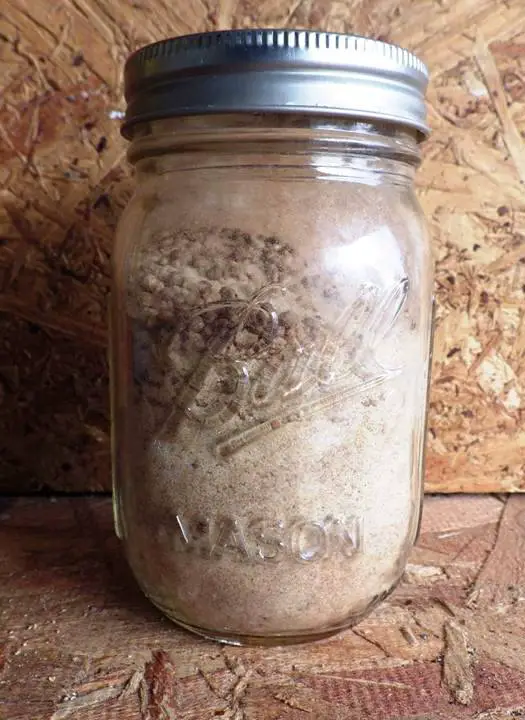
If you have harvested a lot of bark and have extra flour you’ll need to store it.
You can either store it in mason jars or Mylar bags. If you have the room, it may be wise to keep it refrigerated or you can freeze it like many people do with corn meal.
You could also store it in a pantry but you might want to add a small desiccant packet to absorb any excess moisture. It should store okay for a year or more which will get you to the following spring when you can harvest again. Always give any home-preserved and stored foods a quick smell before using. If you notice a mildew smell or any off-odors, toss it.
So How Nutritious is Pine Bark?
In actual fact… not much. The biggest limitation is calories. Pine bark flour averages about half to a quarter of the total calories of wheat flour. That puts calories for a cup of pine bark between 100 to 200 calories a cup. Wheat flour averages 450 calories a cup.
The nutritional benefit most often mentioned for pine flour is Vitamin-C. It also has some traces of iron and calcium. That’s all good but on its own, pine flour is more of a survival food, although is often touted for its medicinal qualities. It can add a unique flavor and offers some amount of calories, but its history is defined as a food of last resort. Then again, it makes a pretty good pancake.
Like this post? Don't Forget to Pin It On Pinterest!

Pine Bark Bread
Ingredients
- 1 cup bread flour
- 1/2 cup pine bark flour
- 2 tsps. active dry yeast
- 1 tbsp. white sugar
- 1 cup warm water
Instructions
- Combine the yeast, sugar and warm water in a bowl and stir to dissolve the sugar.
- Add a tablespoon of the bread flour to the warm water mixture and stir
- Let the yeast/water mixture sit for 10 minutes to activate and proof the yeast.
- Add the remaining bread flour and pine bark flour to the bowl and turn and mix with your hands or knead in a mix-master with a dough hook or in a bread machine on the dough cycle.
- Lightly oil a metal bread pan.
- Roughly shape the dough into a loaf shape and drop into the bread pan.
- Cover the dough in the bread pan with a warm, damp dish towel and let rise for 1 hour
- Preheat the oven to 350 degrees F.
- Bake for 25 minutes.
- Remove from the oven and let rest in the pan on the stove top for 15 minutes.
- Remove from the bread pan, slice and serve.
You May Also Like:






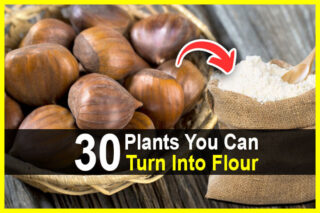

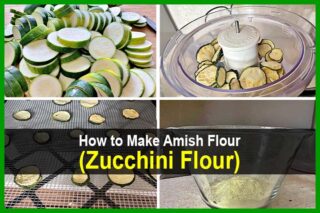
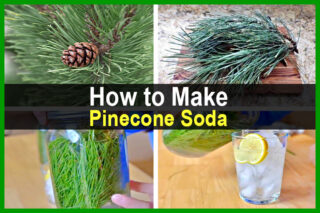



To make the Pine Flour you need to much modern equipment. I thought this was a survival type thing. We won’t have electricity for a food processor. Hello, McFly.